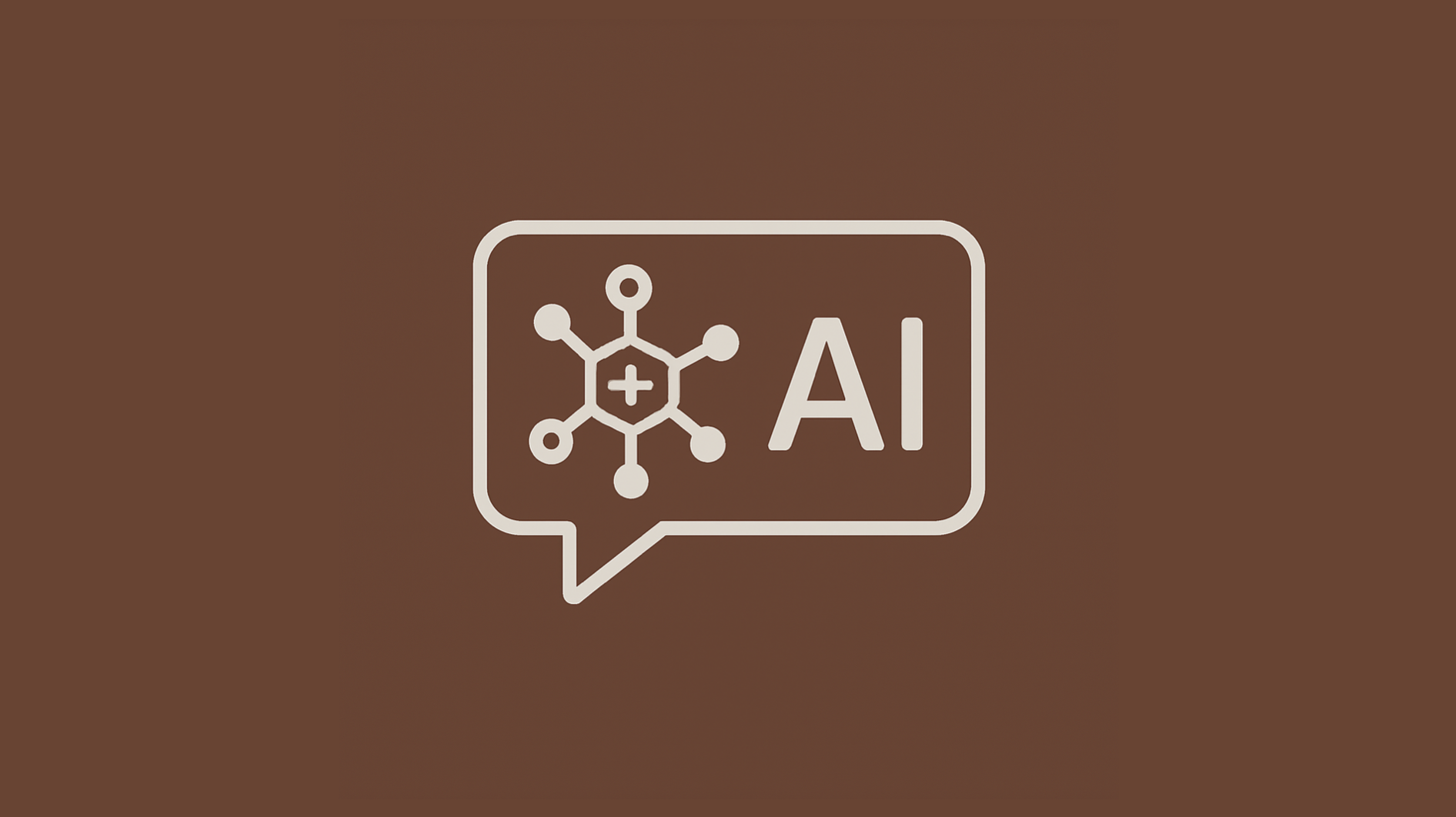AiChat

PERPLEXITY
(2025)
Carnegie Mellon University researchers have achieved the first noninvasive system that enables real-time control of individual robotic fingers through brain signals alone, using electroencephalography (EEG) technology.
The breakthrough system uses deep neural networks to decode brain signals associated with movement execution and motor imagery of individual finger movements, translating them into corresponding robotic finger motions.
Show More0 likes
Comments
UPCOMING RESOURCE
Related Chunks
Related chunks with this resource
A collection of resources about prosthetic limbs, focusing on the intersection of biotechnology and innovation. This compilation explores the advancements in prosthetic technology, including the integration of robotics, materials science, and neural interfaces. Key themes include the impact of these innovations on mobility and quality of life fo...
A collection of resources about brain-computer interfaces (BCIs), exploring the intersection of neuroscience and technology. This compilation includes scholarly articles, case studies, and instructional materials that delve into the mechanisms of BCIs, their applications in medical rehabilitation, and advancements in communication for individual...
.png?locale=en)
No comments yet. Be the first to comment!